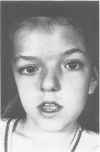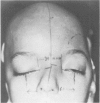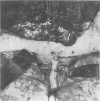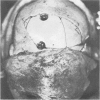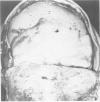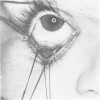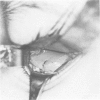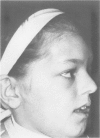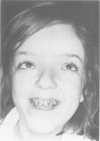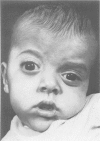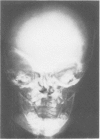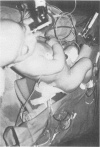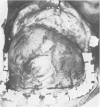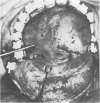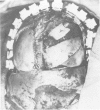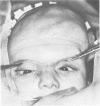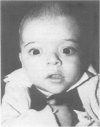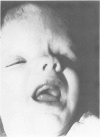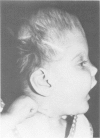Abstract
The authors have defined the subspecialty of craniofacial surgery and described the organization of the multi-disciplinary team required to care for such patients. Common features of the craniofacial patient have been summarized and three major categories of patients have been proposed. These are: I. Syndromes associated with hypertelorism; II. Syndromes associated with premature synostoses or growth arrests; III. Syndromes associated with primarily mid- and lower face anomalies. Growing out of an experience with 242 operations on 106 patients, the authors have listed 9 relatively new surgical "principles." Each has led to a current surgical approach that is now being employed by the craniofacial team at The University of Virginia. A number of examples are given to show ways in which the lessons learned from the craniofacial patients are now being applied, with improved results, to patients with neoplasms, traumatic injuries, or other conditions.
Full text
PDF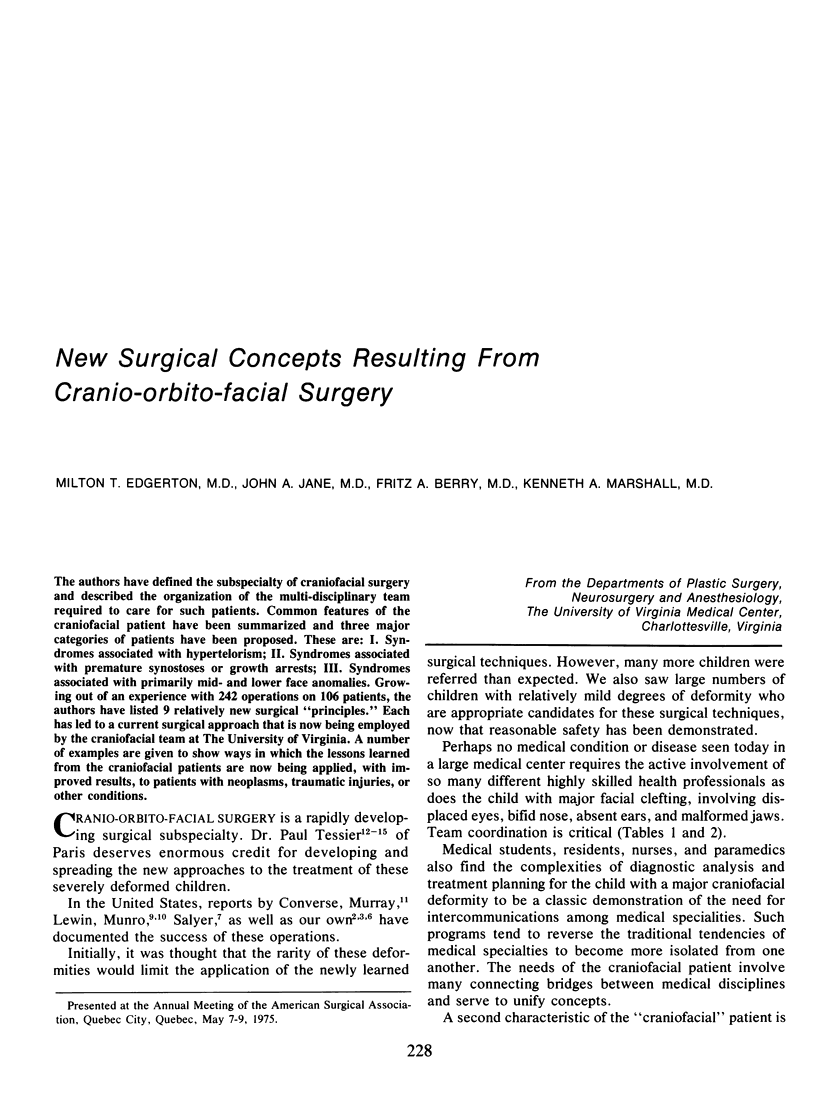
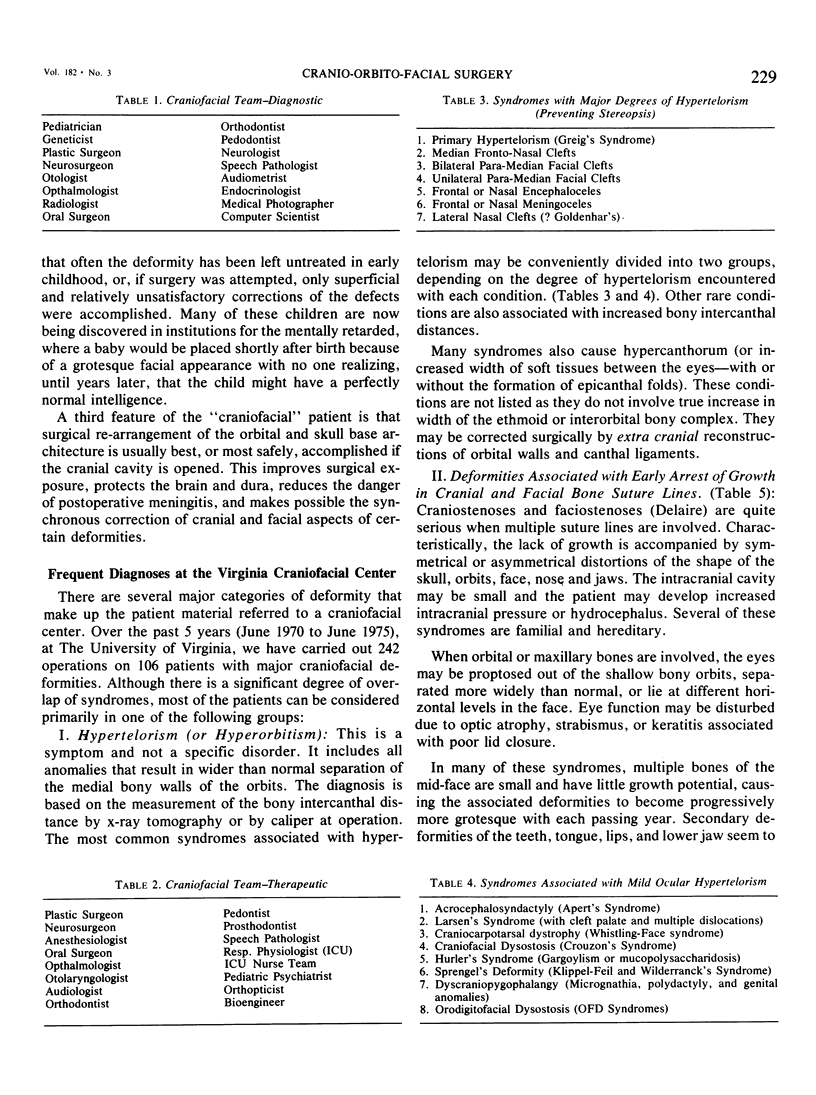
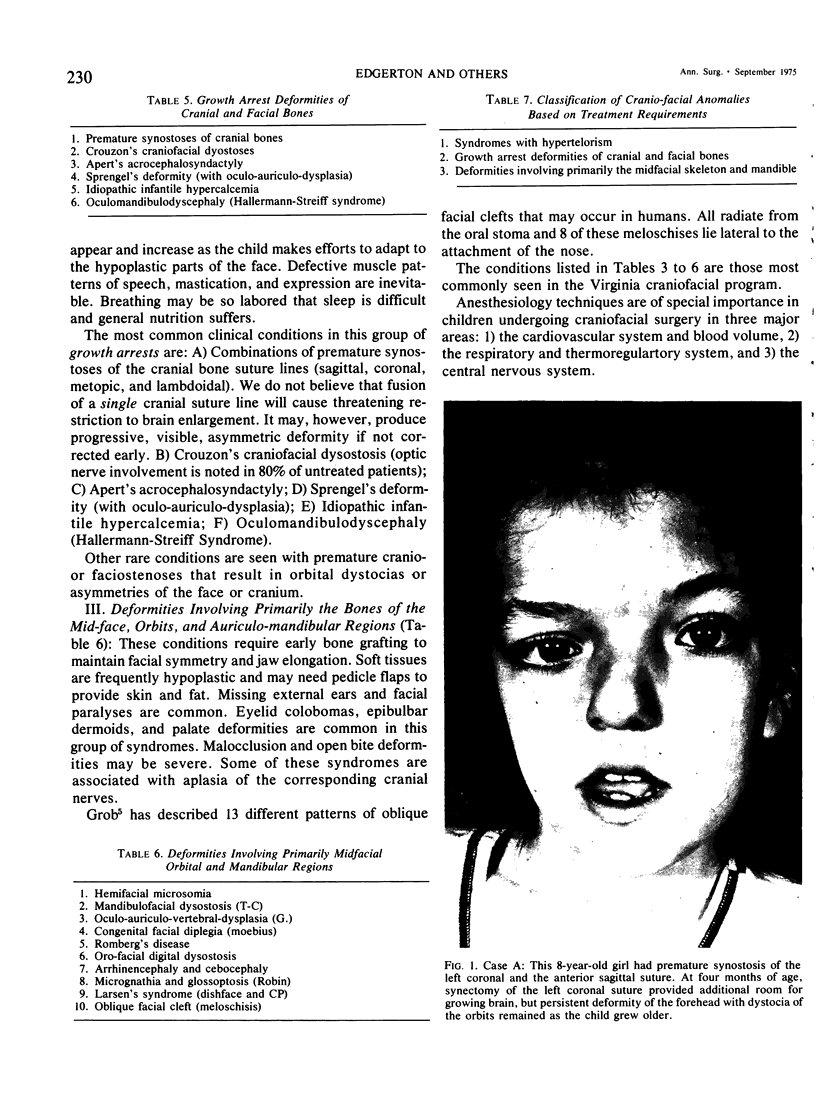
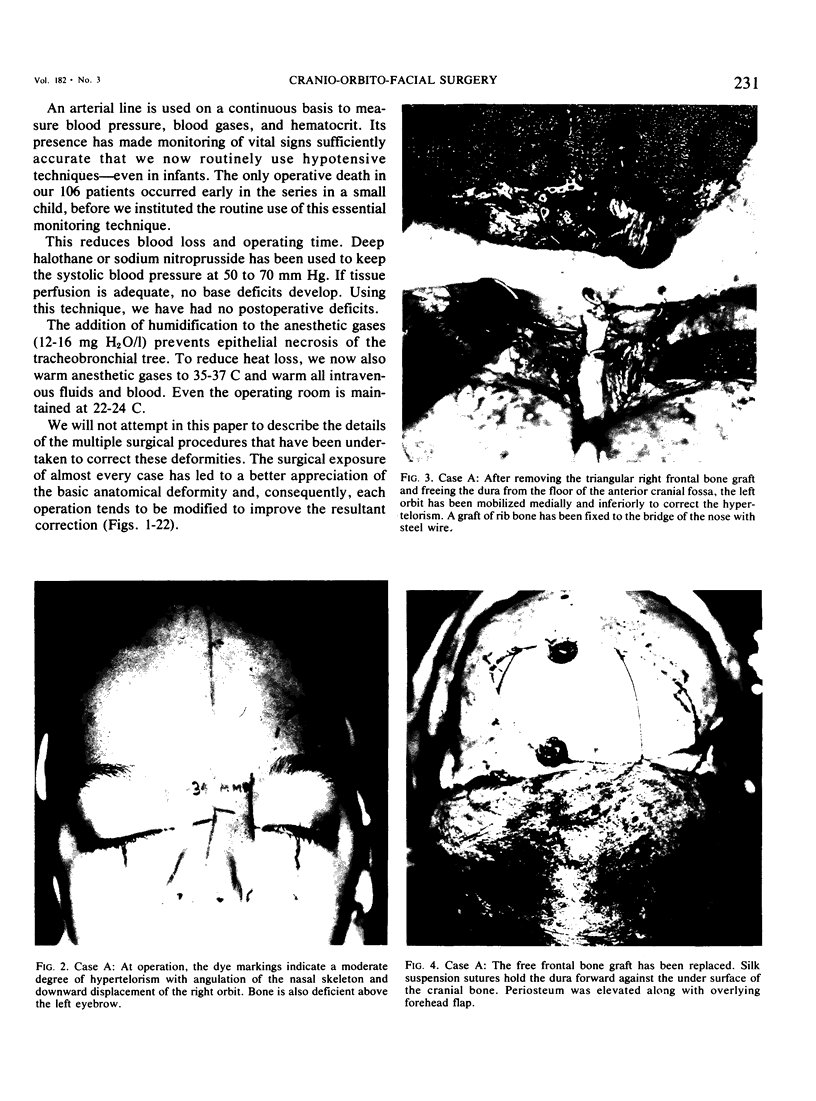
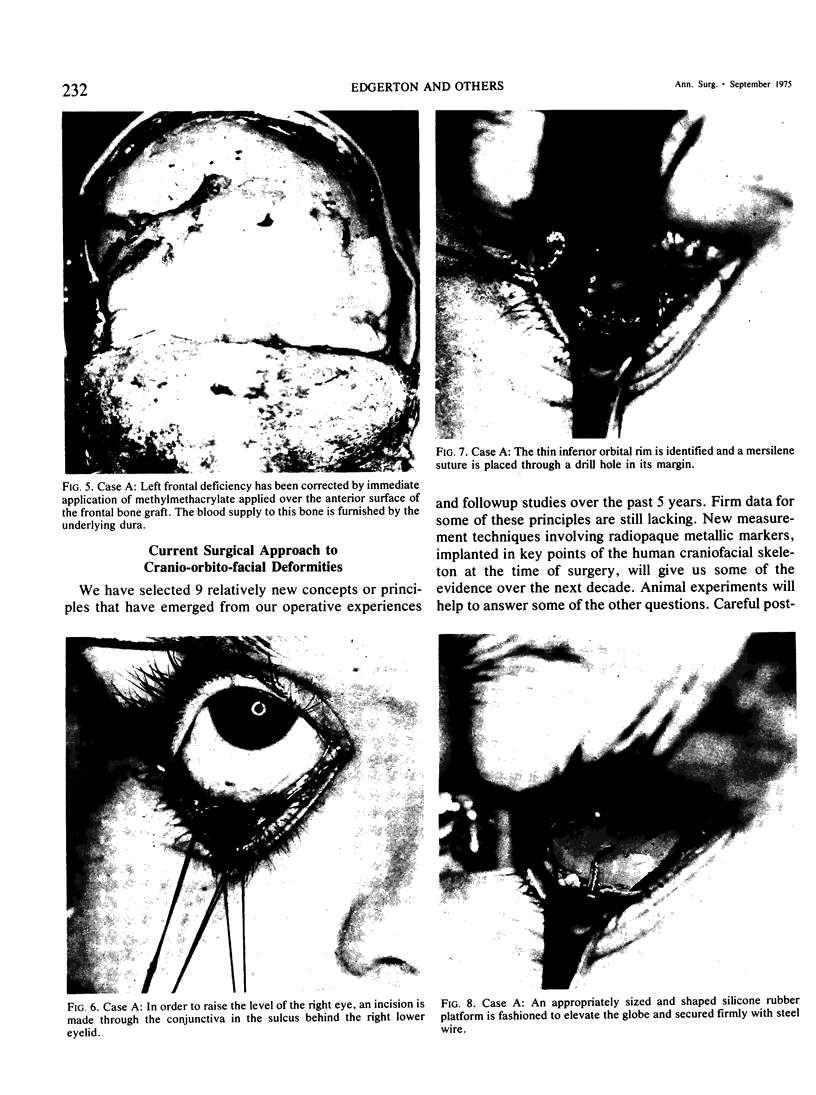
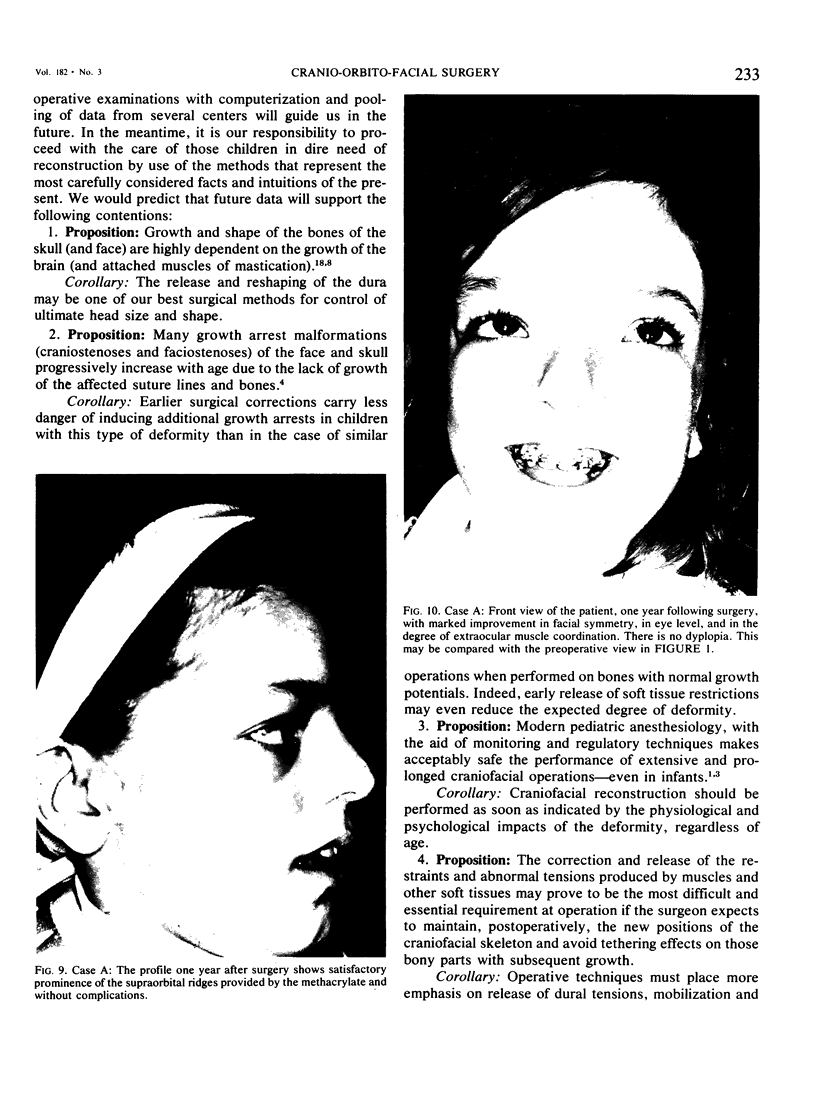
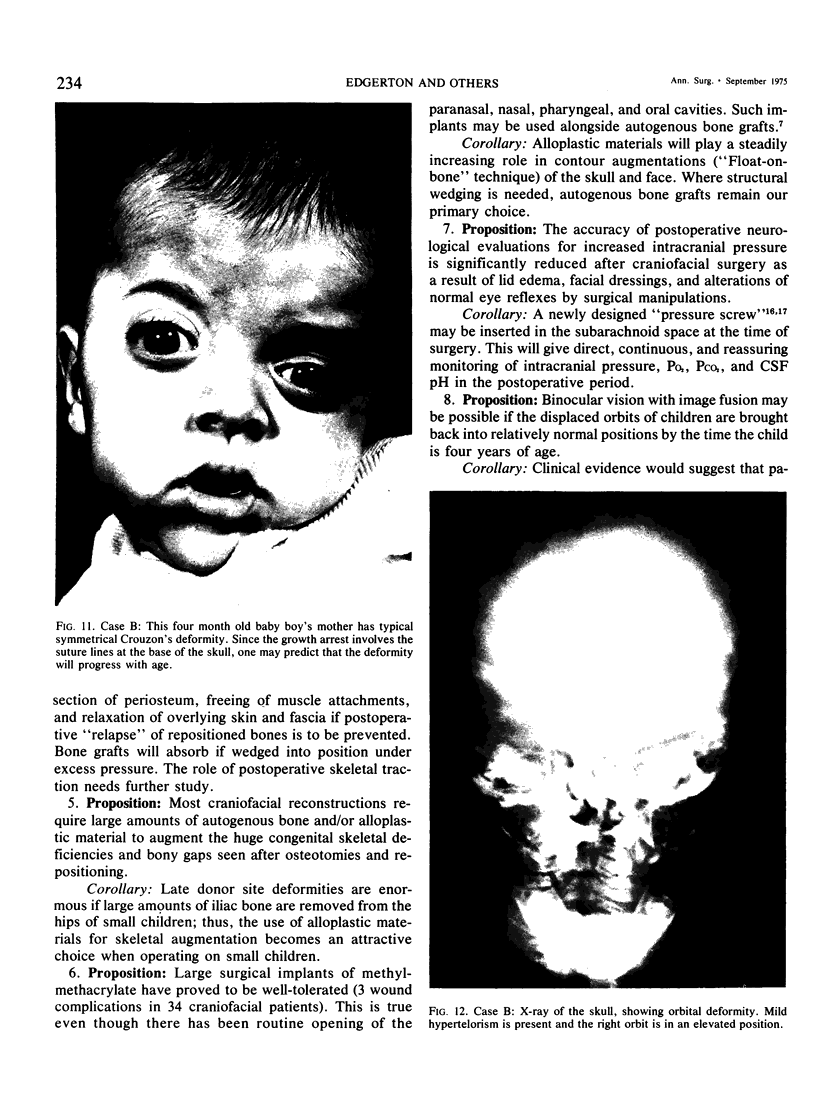
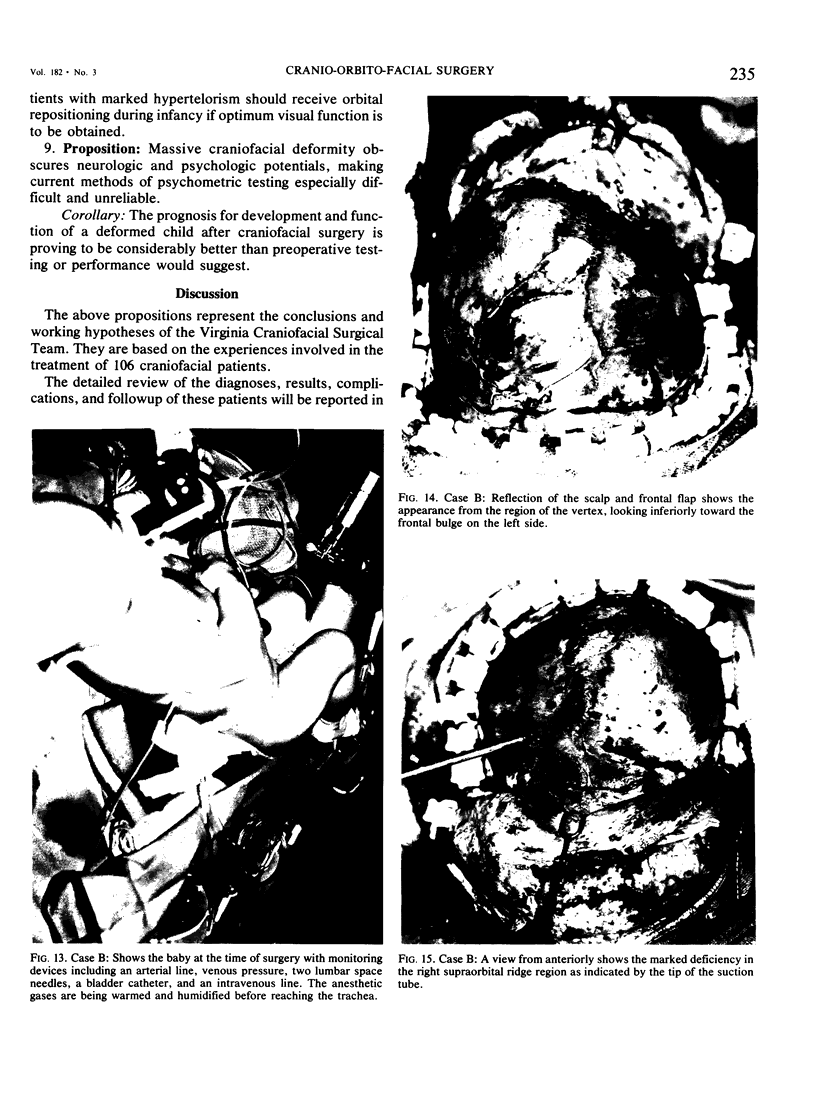
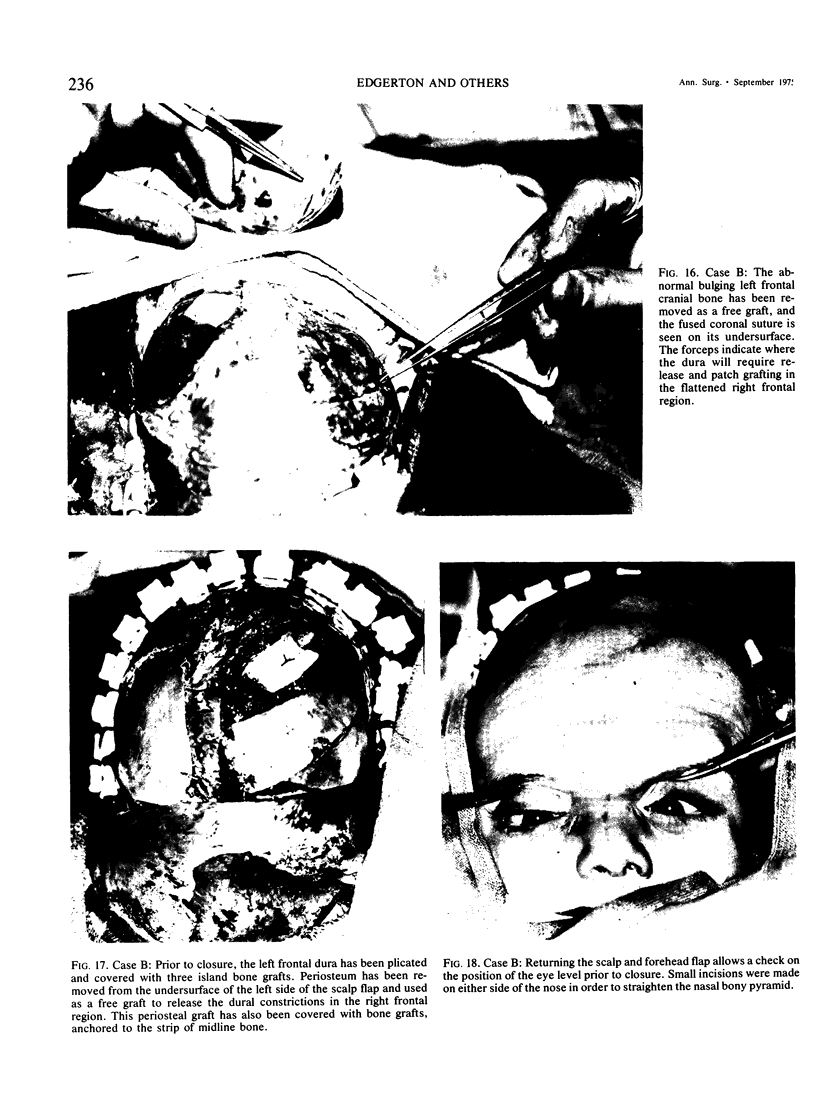
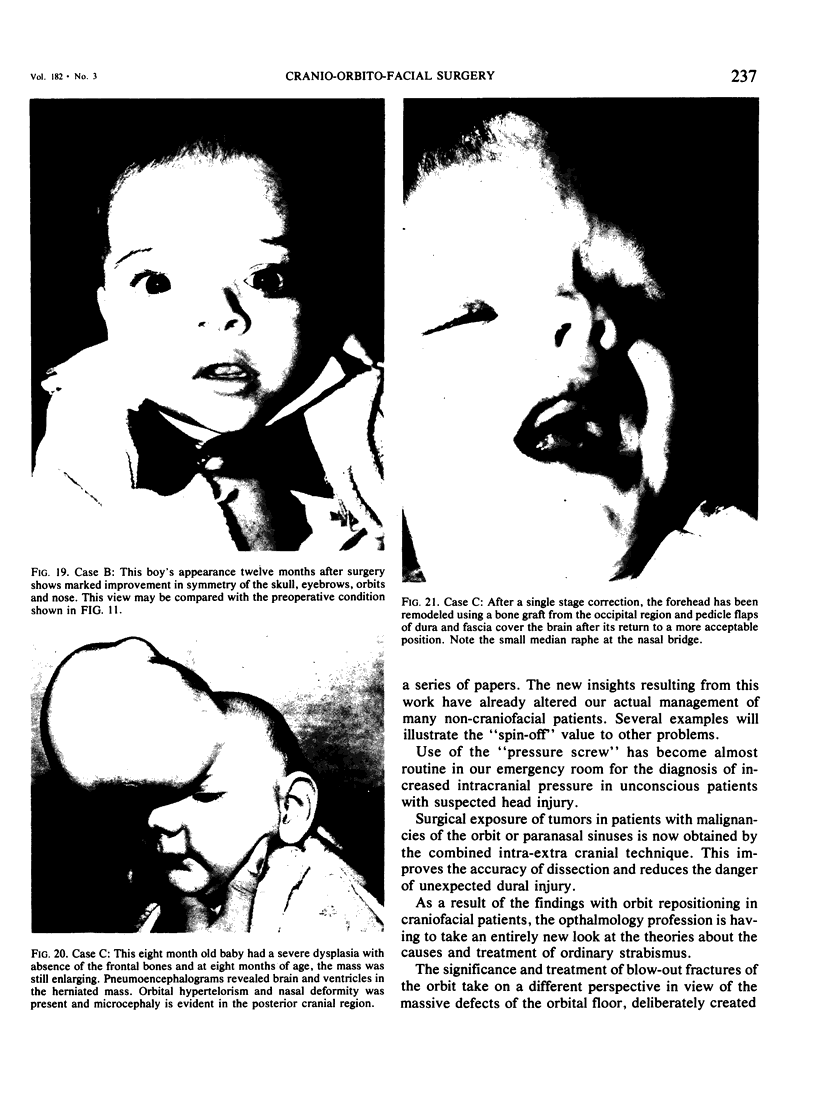
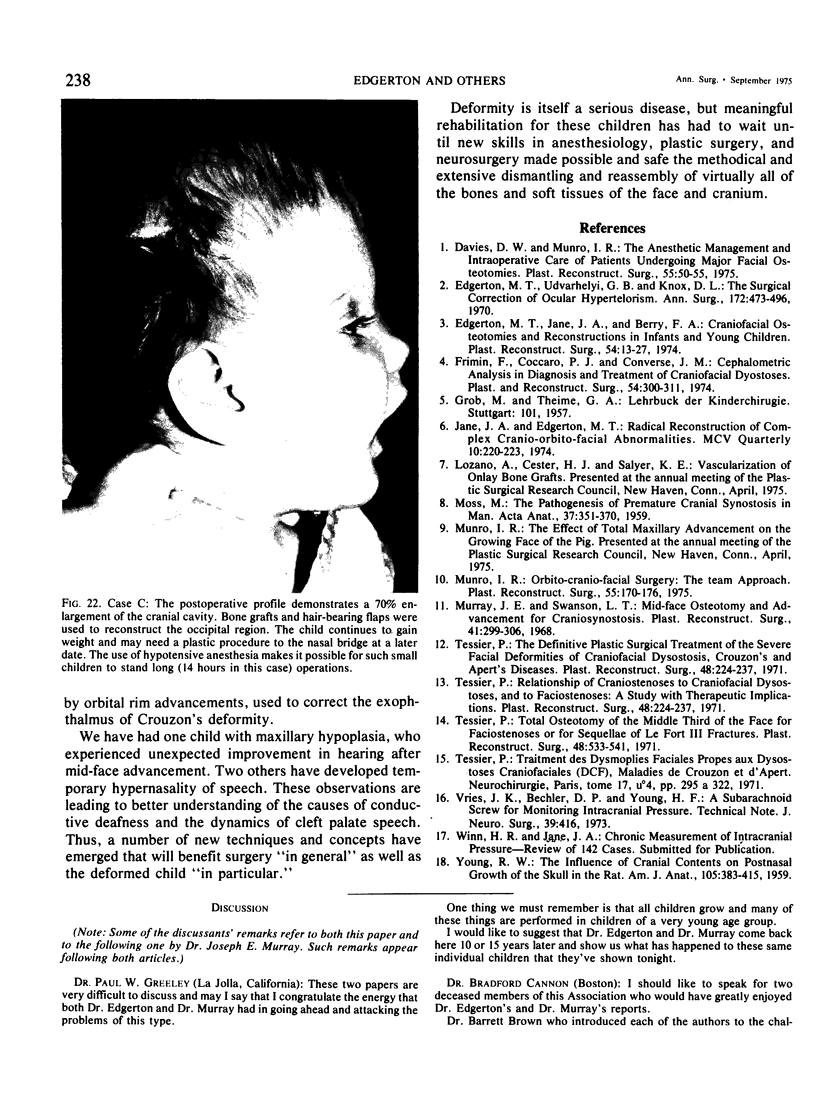
Images in this article
Selected References
These references are in PubMed. This may not be the complete list of references from this article.
- Davies D. W., Munro I. R. The anesthetic management and intraoperative care of patients undergoing major facial osteotomies. Plast Reconstr Surg. 1975 Jan;55(1):50–55. doi: 10.1097/00006534-197501000-00008. [DOI] [PubMed] [Google Scholar]
- Edgerton M. T., Jane J. A., Berry F. A. Craniofacial osteotomies and reconstructions in infants and young children. Plast Reconstr Surg. 1974 Jul;54(1):13–27. doi: 10.1097/00006534-197407000-00002. [DOI] [PubMed] [Google Scholar]
- Edgerton M. T., Udvarhelyi G. B., Knox D. L. The surgical correction of ocular hypertelorism. Ann Surg. 1970 Sep;172(3):473–496. doi: 10.1097/00000658-197009000-00012. [DOI] [PMC free article] [PubMed] [Google Scholar]
- Firmin F., Coccaro P. J., Converse J. M. Cephalometric analysis in diagnosis and treatment planning of craniofacial dysostoses. Plast Reconstr Surg. 1974 Sep;54(3):300–311. doi: 10.1097/00006534-197409000-00007. [DOI] [PubMed] [Google Scholar]
- MOSS M. L. The pathogenesis of premature cranial synostosis in man. Acta Anat (Basel) 1959;37:351–370. doi: 10.1159/000141479. [DOI] [PubMed] [Google Scholar]
- Munro I. R. Orbito-cranio-facial surgery: the team approach. Plast Reconstr Surg. 1975 Feb;55(2):170–176. doi: 10.1097/00006534-197502000-00006. [DOI] [PubMed] [Google Scholar]
- Murray J. E., Swanson L. T. Mid-face osteotomy and advancement for craniosynostosis. Plast Reconstr Surg. 1968 Apr;41(4):299–306. doi: 10.1097/00006534-196804000-00001. [DOI] [PubMed] [Google Scholar]
- Tessier P. Relationship of craniostenoses to craniofacial dysostoses, and to faciostenoses: a study with therapeutic implications. Plast Reconstr Surg. 1971 Sep;48(3):224–237. doi: 10.1097/00006534-197109000-00005. [DOI] [PubMed] [Google Scholar]
- Tessier P. Total osteotomy of the middle third of the face for faciostenosis or for sequelae of Le Fort 3 fractures. Plast Reconstr Surg. 1971 Dec;48(6):533–541. doi: 10.1097/00006534-197112000-00003. [DOI] [PubMed] [Google Scholar]
- Tessier P. Traitement des dysmorphies faciales propres aux dysostoses cranio-faciales (DCF). Maladies de Crouzon et d'Apert. Ostéotomie totale du massif facial. Déplacement sagittal du massif facial. Neurochirurgie. 1971 Jul-Aug;17(4):295–322. [PubMed] [Google Scholar]
- YOUNG R. W. The influence of cranial contents on postnatal growth of the skull in the rat. Am J Anat. 1959 Nov;105:383–415. doi: 10.1002/aja.1001050304. [DOI] [PubMed] [Google Scholar]



